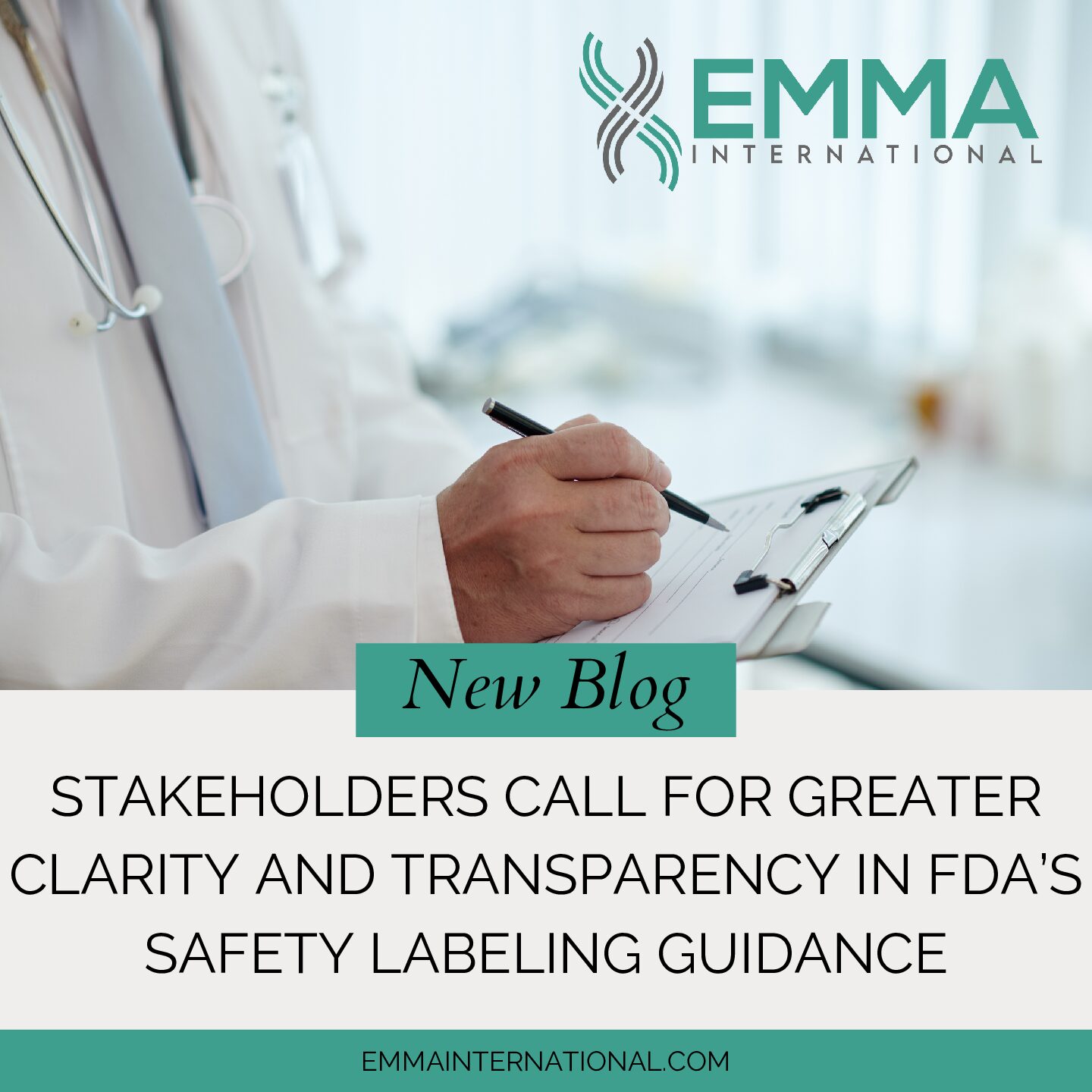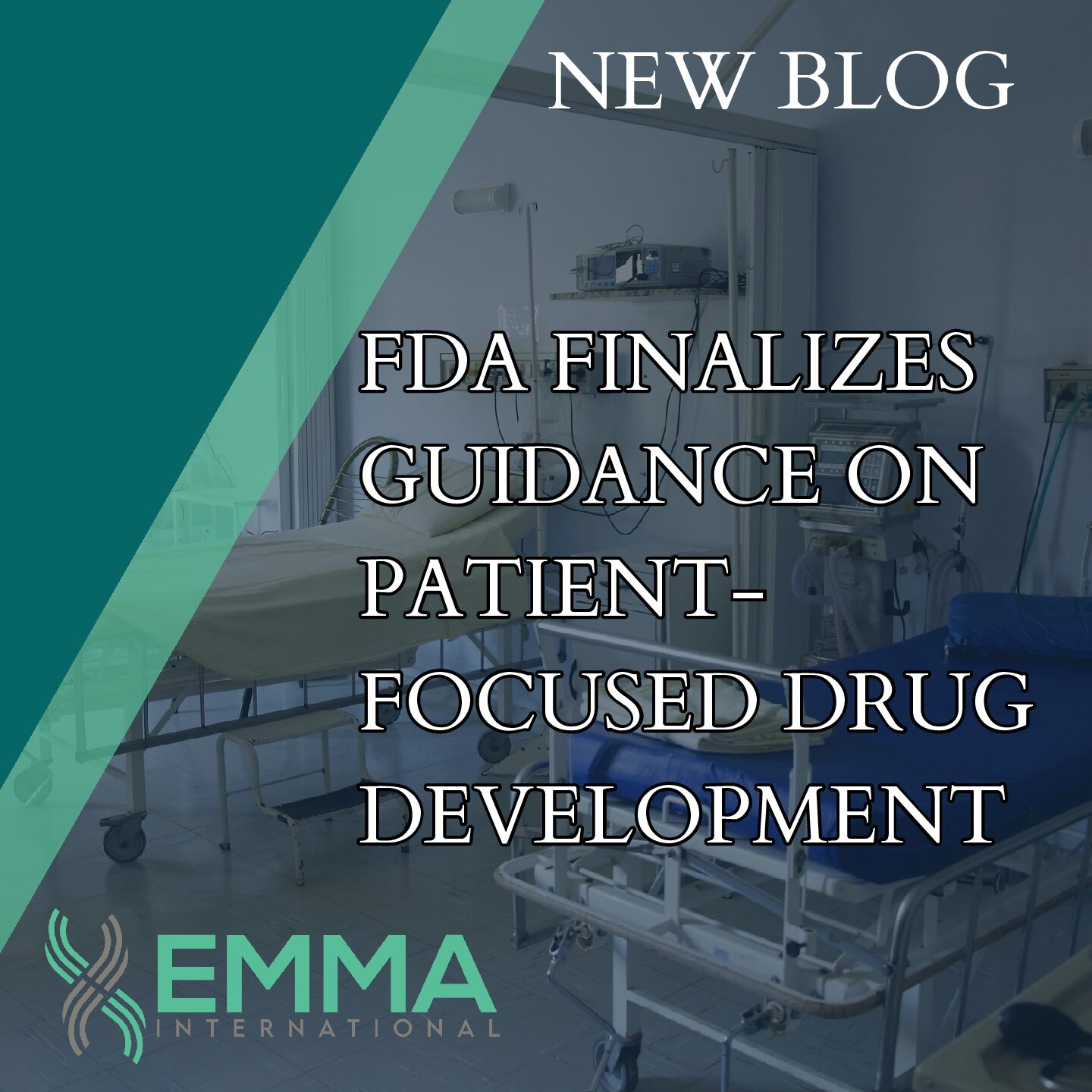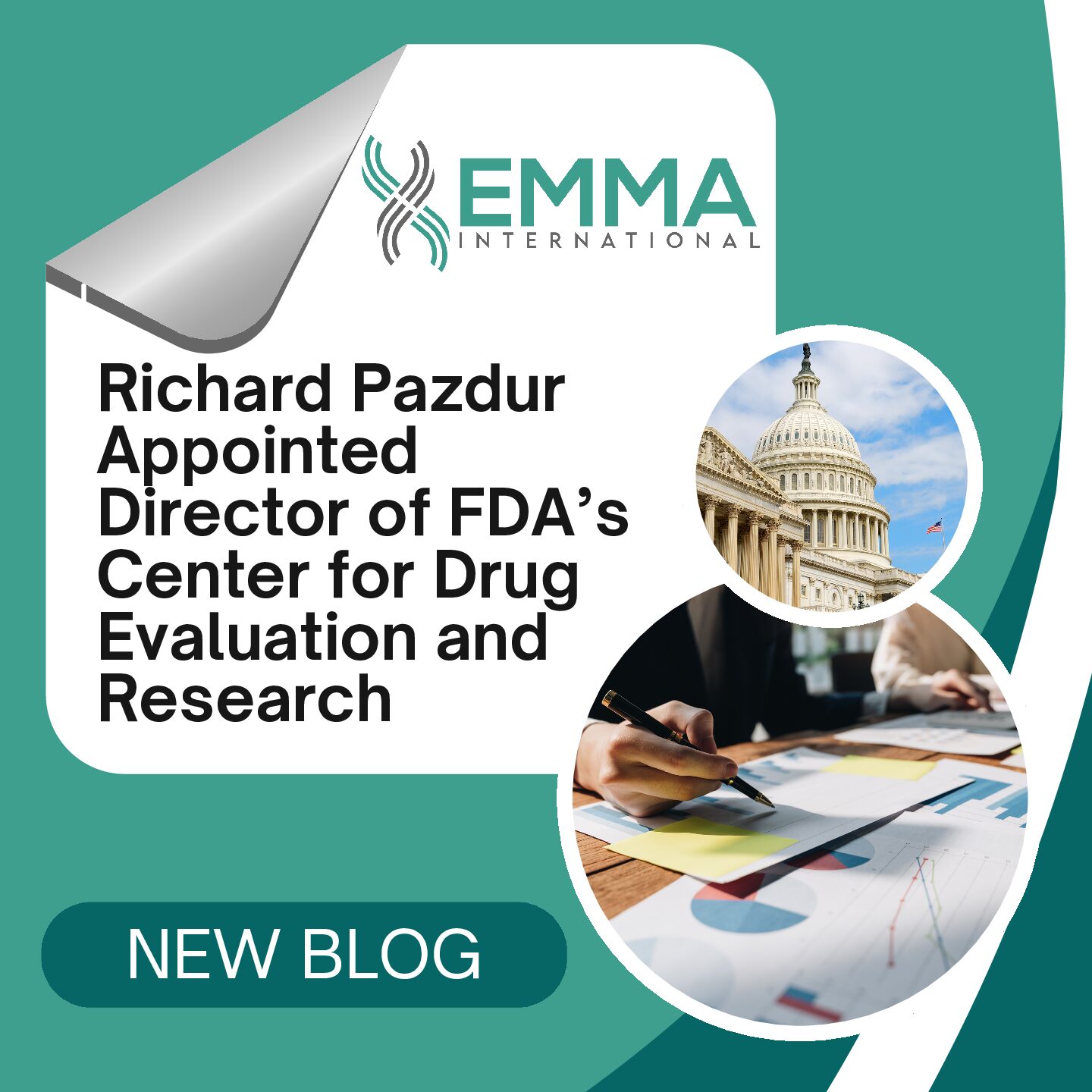One of the most important tools in the FDA’s regulatory arsenal is the black box warning, also known as a boxed warning. This blog will explore what black box labeling is, why it’s important, and what it means for consumers and healthcare providers.
A black box warning is the FDA’s most stringent warning for prescription drugs. It is named for the black border that surrounds the text of the warning on the drug’s packaging. This type of warning is designed to alert healthcare providers and patients to serious or life-threatening risks associated with the use of a medication.
Drugs receive black box warnings for a variety of reasons. Typically, these warnings are issued when a medication has been found to carry a significant risk of severe side effects or adverse reactions. The decision to issue a black box warning can be based on clinical trial data, post-marketing surveillance, adverse event reports, or new research findings. Some common reasons for black box warnings include:
- Life-Threatening Risks: Drugs that have been linked to life-threatening conditions such as heart attacks, strokes, or severe allergic reactions.
- Severe Side Effects: Medications that can cause significant side effects that might outweigh the benefits for certain populations.
- Misuse or Abuse Potential: Drugs that have a high potential for misuse or abuse, leading to severe health consequences.
- Special Populations: Medications that pose unique risks to specific groups, such as pregnant women, children, or the elderly.
Several well-known medications carry black box warnings. Here are a few examples:
Antidepressants: Many antidepressants have black box warnings due to the increased risk of suicidal thoughts and behaviors in children, adolescents, and young adults.
Nonsteroidal Anti-Inflammatory Drugs (NSAIDs): Some NSAIDs carry black box warnings for an increased risk of cardiovascular events and gastrointestinal bleeding.
Opioids: Given the opioid crisis, many opioid painkillers have black box warnings regarding the risks of addiction, abuse, and overdose.
For consumers, a black box warning is a clear signal to take the medication’s risks seriously. It does not necessarily mean that the drug should not be used, but rather that it should be used with caution and under close medical supervision.
Healthcare providers play a critical role in managing the risks associated with medications that have black box warnings. They should:
Stay Informed: Keep up to date with the latest FDA warnings and guidelines regarding medications.
Educate Patients: Ensure that patients are fully informed about the risks and benefits of the medication, including proper usage and potential side effects.
Monitor Patients: Closely monitor patients for any signs of adverse reactions or side effects and adjust treatment plans as necessary.
Black box warnings are an essential component of the FDA’s efforts to protect public health. By highlighting the most serious risks associated with certain medications, these warnings help ensure that both healthcare providers and patients are well-informed and can make safer, more effective treatment decisions.
If you need help understanding the labeling requirements for your product, contact the experts at EMMA International! Call us at 248-987-4497 or email info@emmainternational.com to learn more.
FDA (Oct 2011) Warnings and Precautions, Contraindications, and Boxed Warning Sections of Labeling for Human Prescription Drug and Biological Products — Content and Format retrieved from: https://www.fda.gov/regulatory-information/search-fda-guidance-documents/warnings-and-precautions-contraindications-and-boxed-warning-sections-labeling-human-prescription





